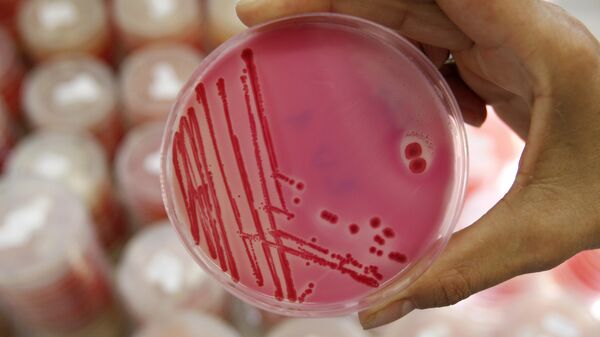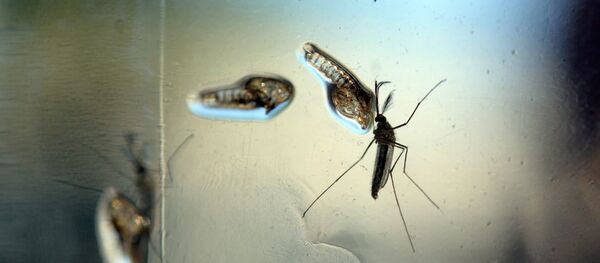"We need to act now to better understand, contain and stop the spread of this drug-resistant fungus," said CDC Director Tom Frieden in a CDC press release. "This is an emerging threat, and we need to protect vulnerable patients and others."
Seven C. auris cases were reported between May 2013 and August of this year and were covered in the CDC's Morbidity and Mortality Weekly Report of November 4; the other six have been identified since August.
C. auris, which usually attacks hospital patients, is a matter of growing worldwide concern, as it is often resistant to antifungal drugs. The yeast can enter the bloodstream and spread throughout the body, causing serious invasive infections, the CDC reports. At the highest risk for the infection are patients who have been in intensive care for a long time or who have a central catheter installed in a large vein and who have previously been treated with antibiotics or antifungal medications.
The seven C. auris cases in the November 4 weekly report were in New York, Illinois, Maryland and New Jersey, and all were in hospital patients with serious medical conditions. Of the seven reported infected individuals, four, all of whom had C. auris infections of the bloodstream, died. Three other patients, with blood, urine and ear C. auris infections, survived.
The CDC notes that it is so far unclear whether the patients who died did so because of the fungal infection or because of their other health issues.
Two of the patients had been treated in the same health care facility and had almost identical strains of the fungus, suggesting that C. auris may be spreading in American health care settings. A CDC clinical alert in June noted that at least two countries have described outbreaks of C. auris infection and colonization involving more than 30 patients each. It seems quite clear that the yeast spreads in clinical settings, but scientists don’t yet know how.
Most of the C. auris strains from US patients – 71% – showed some drug resistance, though none were resistant to all three classes of antifungal drugs now available. The US strains were found to be related to strains from South Asia and South America, but none of the patients had traveled to those regions or had direct links there, so the CDC speculates the infections must have been contracted locally.
C. auris was first identified in Japan in 2009, but the earliest strains were dated to South Korea in 1996. It has also been found in India, South Africa, Kuwait, Colombia, Venezuela. Pakistan and the UK. The fungus requires specialized lab equipment to identify and is easily misidentified as another type of Candida infection, making it even harder to catch and treat.
There are more than 150 species of Candida fungus, many of which are responsible for very common and treatable infections of the skin and other parts of the body.





